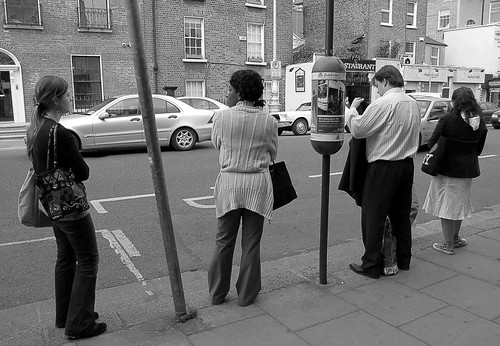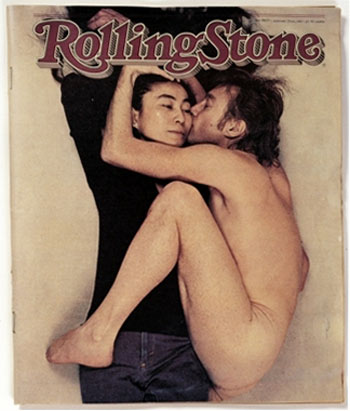I'm purposing to temporarily move our classroom to Tate Street Coffee for many reasons but mainly; it's different. It is full of colorful people and layers of character and inspiration on the walls...and ceiling. It is lively but (at the time we would be using the space) not distracting. The third picture shows a perfect little corner for us...minus the band, which wouldn't be there during our time of use. There are tables for workspace, Wifi for research, and coffee for a push. Unlike our space now this spot has its own atmosphere. Like our readings suggested this space will make our brainstorming thrive. I believe it has just the right balance of privacy and community and it is a very interactive space. It is celebratory in its decor and like our hot-group- very diverse. It is just the atmosphere we need to embark on our next project.
And if that's not enough, Here are TSC's top 10 reasons to visit
10. Our big smiles prove coffee doesn't stain your teeth.
9. Mrs. Folgers' freeze dried crystals revealed as a hoax.
8. Tate Street Coffee keeps you regular.
7. You gain a coffee buzz just shaking the owner's hand.
6. If you don't have a dog, you can pet the ones that hang out there.
5. Peru Organic doesn't show up on any of my drug tests.
4. You can grope all the buns you want before you put your money down.
3. You get addressed by your name, or some variation of it.
2. It's on the right side of the street on the wrong side of town.
1. It smells good!
9. Mrs. Folgers' freeze dried crystals revealed as a hoax.
8. Tate Street Coffee keeps you regular.
7. You gain a coffee buzz just shaking the owner's hand.
6. If you don't have a dog, you can pet the ones that hang out there.
5. Peru Organic doesn't show up on any of my drug tests.
4. You can grope all the buns you want before you put your money down.
3. You get addressed by your name, or some variation of it.
2. It's on the right side of the street on the wrong side of town.
1. It smells good!


















